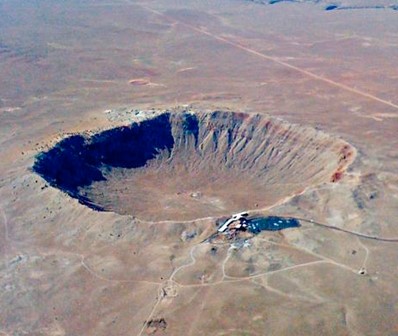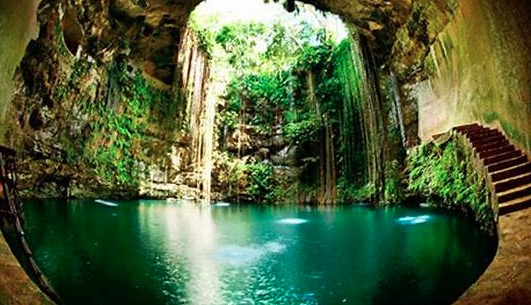Cenotes: the underground treasures of Yucatan created by a cosmic cataclysm
Cenotes are natural wells of fresh water that are found in the Yucatan peninsula, Mexico. They are places of great beauty and mysticism, where you can swim, dive, explore and admire nature. But did you know that cenotes have a very ancient and surprising origin? It is believed that they were formed about 66 million years ago, when a huge meteorite hit the Earth and caused the extinction of the dinosaurs. In this blog we will tell you how this event happened, how it affected the planet and how it gave rise to more than 10 thousand cenotes that exist today in Yucatan.

The Chicchulub meteorite was one of the largest and most devastating that has ever hit the Earth. It is estimated that it measured about 10 kilometers in diameter and that it released an energy equivalent to 10 billion atomic bombs. The place of impact was in the north of the Yucatan peninsula, near the current city of Progreso. The collision caused a huge crater of about 200 kilometers wide, which today is covered by sediments and water.
The impact of the meteorite had catastrophic consequences for life on the planet. Tsunamis, earthquakes, fires, acid rain and a cloud of dust and ashes that darkened the sky for months or years were generated. This caused a drop in temperature, a reduction in photosynthesis and a shortage of food. Many species became extinct, including the dinosaurs, which had dominated the Earth for more than 160 million years.

But the impact of the meteorite also had positive effects in the long term. By piercing the earth’s crust, the meteorite fractured the bedrock of the Yucatan peninsula, which is made of limestone. This rock is soluble in water and dissolves over time, creating underground cavities called karst. These cavities were filled with fresh water from the rain and connected to each other forming rivers and underground lakes. When the roof of these cavities collapsed due to weight or seismic movement, the cenotes were created.
The cenotes are unique places in the world, that harbor a great diversity of aquatic flora and fauna. Some cenotes are open, others are semi-open and others are closed or caves. Each one has its own beauty and charm, and some have historical and cultural significance. The ancient Mayans considered the cenotes as entrances to the underworld or Xibalbá, where the gods and spirits of the dead lived.

The cenotes were sacred places where rituals, offerings and human sacrifices were performed. Cenotes are undoubtedly one of the most impressive and magical tourist attractions in Yucatan. They are living testimonies of the geological and cultural history of this region, which was marked by the impact of a meteorite millions of years ago. Visiting a cenote is an unforgettable experience, that allows you to get in touch with nature and with the legacy of an ancient civilization. We invite you to discover some of the most spectacular and famous cenotes in Yucatan, such as the Sacred Cenote in Chichen Itza, the Ik Kil Cenote near Valladolid, the Dos Ojos Cenote in Tulum or the Great Cenote in Coba. You won’t regret it!
